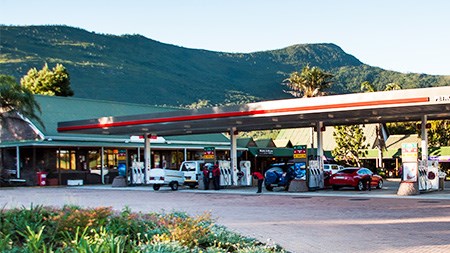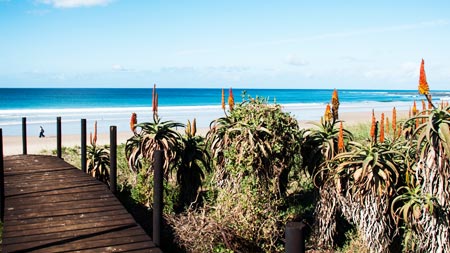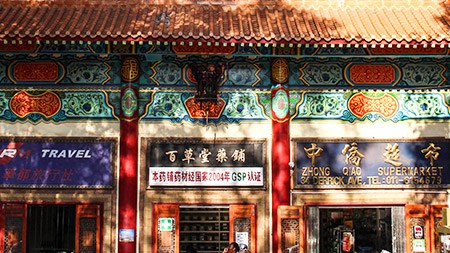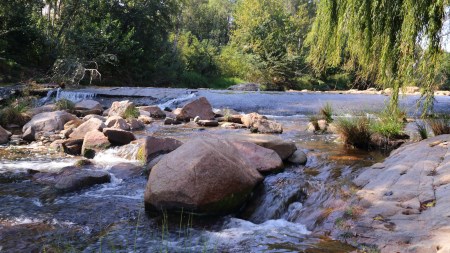Ancient river gorges, indigenous forest, fynbos and commercial plantations.
These are just some of the features of the Tsitsikamma region which spans the Eastern Cape and Western Cape and stretches from Humansdorp in the east to Mossel Bay in the west.
Known for its attractions including adventure sport, Tsitsikamma – a Khoi word meaning “place of abundant or sparkling water” – is also home to the quaint and tranquil Storms River Village with a population of 150 residents, mainly employed in the tourism and timber industries, and about 110 properties in the village.
The greater Tsitsikamma area is made of small villages and towns such as Storms River Village about 200km west of Port Elizabeth – the heart of the Tsitsikamma forest, or what locals like to think of as the “garden of the greater Tsistikamma region”.
Storms River Village has a special ambience and is the kind of place where one can walk around the entire village, surrounded by natural forests and pine tree plantations.
There are a few establishments in one of the main streets including the popular Marilyn’s 60’s Diner, a supermarket, liquor store, microbrewery, and clothing and craft shops. There are also several popular accommodation spots catering for the thousands of visitors every year.
Then there’s the nearby Storms River Mouth, with its famous suspension bridge spanning the river mouth, which forms part of the Tsitsikamma section of the Garden Route National Park. The park includes a Marine Protected Area – the first in Africa – which has 80km of rocky coastline with spectacular sea and landscapes.
Life in the village is relaxed. A traffic jam is when three or more cars meet. Almost everybody knows everybody else and crime is at a minimum.
Bob Reed, resident
Best in food:
Marilyn’s 60’s Diner: the funkiest spot in Storms River Village, this diner – complete with a vintage car collection – is like a shrine to Marilyn Monroe and Elvis Presley. The food is typical US diner fare.
Transport:
While most of the actual village is navigable on foot, Segways are a popular mode of transport to explore the forest.
Best attractions:
The Big Tree: a 500m pathway through indigenous bush leads to a tree so humongous you have to see it to believe it. Estimated to be about 1,000 years old, the tree is 36,6m tall and has a circumference of almost 9m.
Tree Top Canopy Tour: the best way to experience the forest – gliding along in a harness, on steel cables 30m above the forest floor. Fynboshoek cheese-making demonstrations: see how milk is transformed into cheese, and then – of course – sample some of the cheese.
This article originally appeared in Neighbourhood, Sunday Times.






